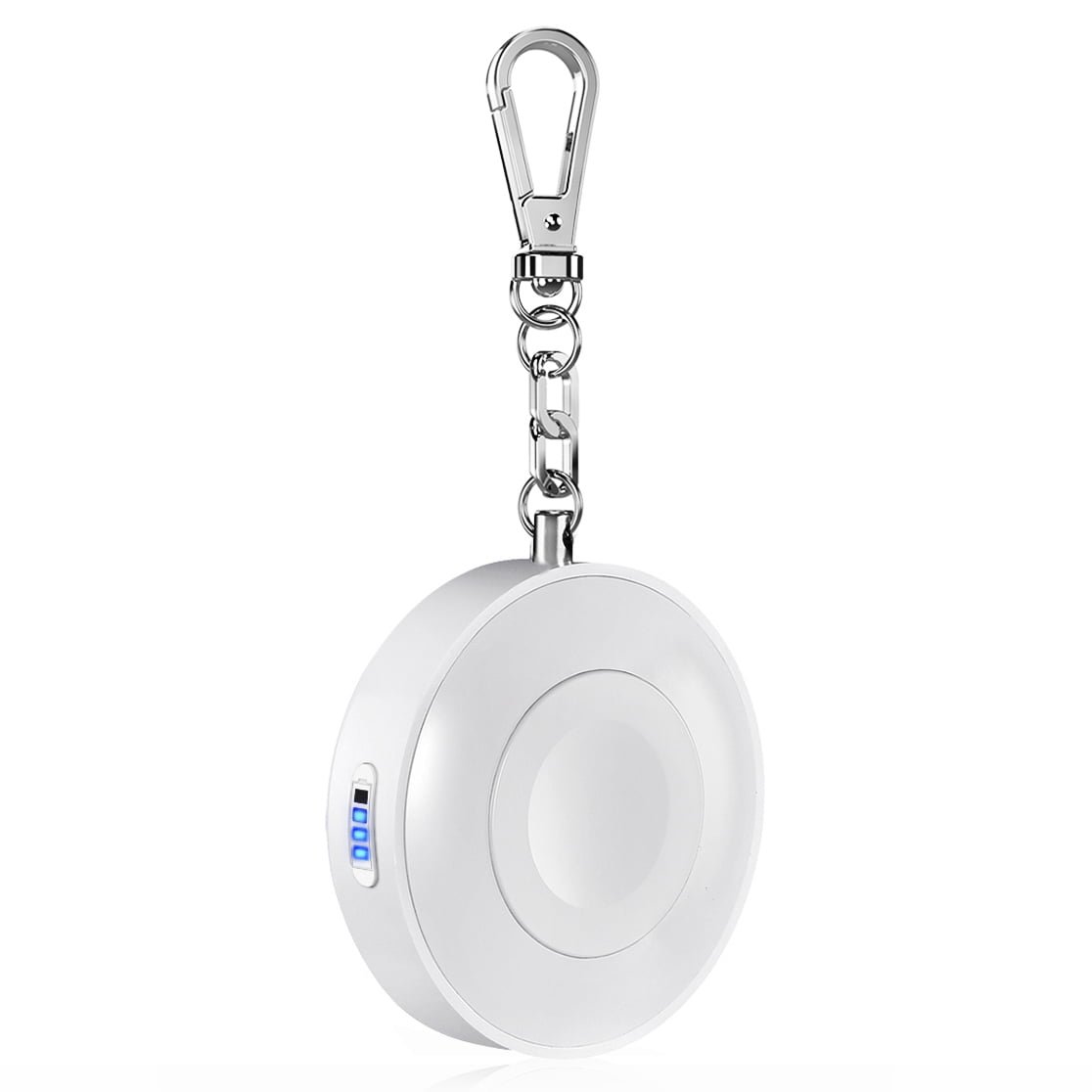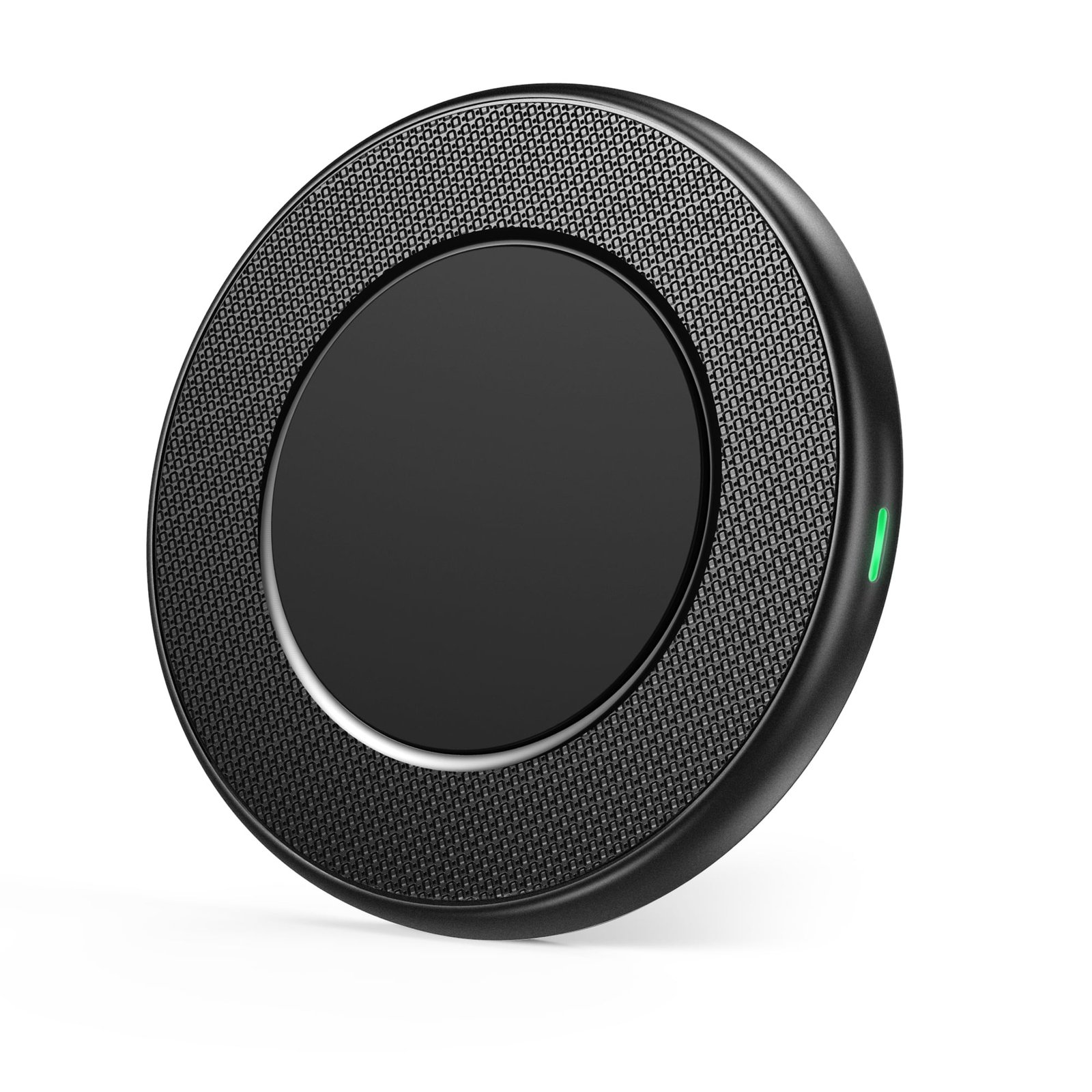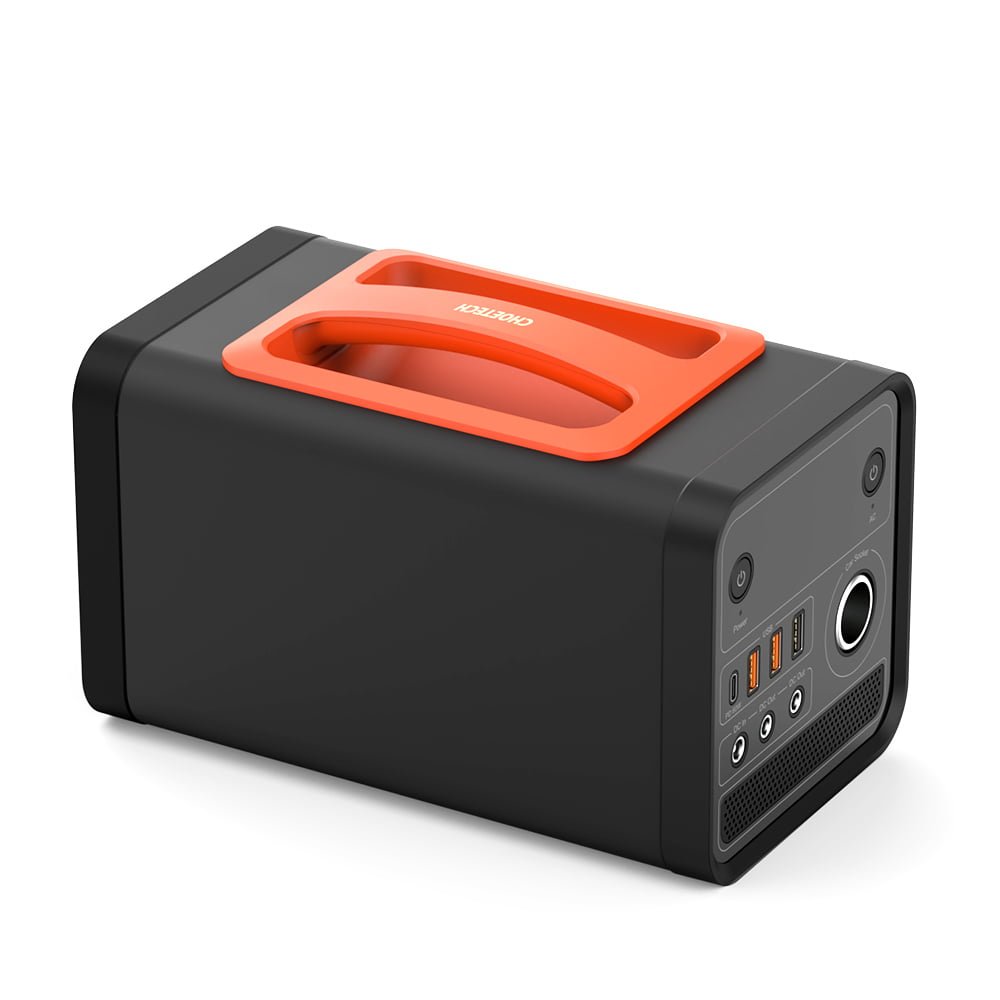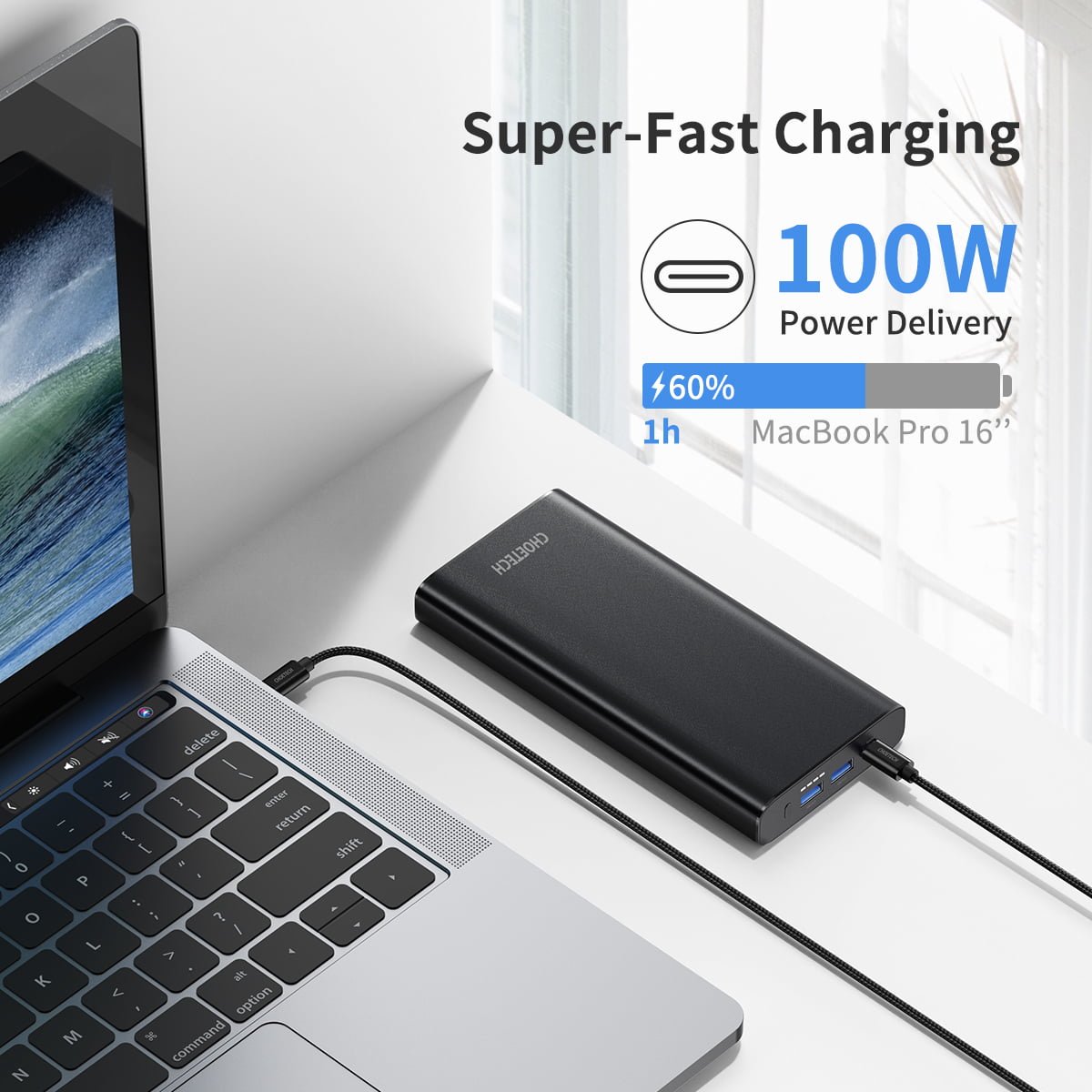Silicon carbide (SiC) is a compound of carbon and silicon. The silicon carbide single crystal material currently uses the physical vapor transport (PVT) method to decompose carbon powder and silicon powder into atoms at a high temperature exceeding 2000 ℃. Controlled deposition to form silicon carbide crystals on the silicon carbide seed crystals.
Silicon carbide is the third-generation wide-bandgap semiconductor material. Compared with silicon (Si), silicon carbide has greater dielectric breakdown strength, faster-saturated electron drift speed, and higher thermal conductivity. Therefore, when used in semiconductor devices, silicon carbide devices have the characteristics of high withstand voltage, high-speed switching, low on-resistance, and high efficiency, which can help reduce energy consumption and reduce system size.
At present, silicon carbide is widely used in electric vehicles, inverters, rail transit, solar energy, and wind power generation. With the popularization of USB PD fast charging technology and the maturity of GaN technology, the market for high-power fast charging sources has gradually emerged, and silicon carbide diodes have also begun to emerge in the consumer power market, and are used by some 100W high-power GaN fast-charging products Optional.
In high-power fast charging source products, silicon carbide diodes and gallium nitride power devices can increase the operating frequency of the PFC stage from less than 100KHz to 300KHz, thereby reducing the volume of the boost inductor and achieving a high-power-density design. Product efficiency has also been greatly improved, becoming the core competitiveness of high-power power products. Therefore, silicon carbide is getting more and more attention in the field of consumer power supplies.
PFC is divided into passive and active two types. The passive type uses large inductance series compensation, the main disadvantage is that it is large in size and low inefficiency. With the rapid development of semiconductor devices in recent years, passive PFC has been completely replaced by active PFC. Active PFC uses a PFC controller, switch tube, inductor, and diode to form a boost circuit, which has the advantages of small size, wide input voltage range, and good power factor compensation.
Active PFC drives the switching tube to boost voltage and diode rectifier to charge the main capacitor through the controller and performs power factor compensation according to the phase difference between voltage and current.
Second, the advantages of silicon carbide used in PFC circuits
With the industry’s pursuit of power density and the popularity of GaN power devices, active PFC needs to increase the operating frequency to reduce the volume of the magnetic core. At this time, the performance of conventional fast recovery diodes can no longer meet the rectification requirements at high frequencies. This creates favorable conditions for the application of silicon carbide diodes on PFC.
Compared with Si diodes, SiC diodes have the following advantages:
There is no reverse recovery current, the reverse recovery time is very short, and there is no reverse recovery spike in the application. It has a strong advantage in CCM mode. The peak value of the reverse recovery current of the silicon diode is quite considerable, and some are even several times the positive value. This will not only increase the loss of the diode but also cause larger EMT (electromagnetic interference).
When the frequency increases, the turn-off and conduction are frequent, and the loss becomes more serious. If the diode reverse recovery time is too long, and the frequency is too high, the reverse recovery phase has not ended, and the next pulse arrives, and the diode is in Both the forward and reverse directions can be turned on, and the most basic characteristic of the diode is lost, and it cannot play the role of a switch. The diode can’t work at all.
Therefore, the existence of the diode reverse recovery current and recovery time will limit the switching frequency of the switching power supply and cannot be further miniaturized. In the high-frequency rectifier circuit, a rectifier diode with a smaller reverse recovery current and a smaller reverse recovery time should be selected. Besides, the reverse recovery current in the CCM current continuous mode will pose a great threat to the switching tube. The reverse recovery voltage will be reflected in the switching tube, which will increase the stress and loss of the switching tube.
The critical breakdown field strength of SiC is about 10 times that of Si, which means that SiC has a higher voltage withstand, and the withstand voltage level can reach more than 3300V. It can be used in a wider range of applications. The size of SiC can be achieved under the same power. smaller. Besides, the on-resistance of the device is smaller, and the high voltage loss is low.
The bandgap of the SiC diode is three times that of the silicon tube, and it has a higher operating temperature. After the silicon tube is 150 to 175°C, the reliability and performance indicators are significantly reduced. Moreover, the performance of SiC diodes is basically not affected by the junction temperature, and the maximum operating temperature of 175°C can still operate reliably.
Silicon carbide material has a high thermal conductivity, which is three times that of silicon. The thermal conductivity is high. The stronger the thermal conductivity of the device, the lower the temperature rise and the longer the life. 1. Reduce the volume of the heat dissipation medium, simplify the design and cost of the cooling system. Second, it can work at a higher ambient temperature, with higher stability and lower maintenance costs. The power density of three devices of the same size will be higher.
The saturation drift speed of SiC electrons is twice that of silicon, and there is no advantage of reverse recovery current, which determines that the SiC diode can work at a higher operating frequency. The volume and cost of the entire system will decrease as the switching frequency increases.
SiC material has high radiation resistance, and its resistance to neutron radiation is at least four times that of silicon, which is suitable for products on special occasions.
The advantages of using SiC instead of traditional Si diodes are improved efficiency, more in line with the requirements of energy-saving and emission reduction, improved reliability, reduced maintenance costs, smaller product sizes, and further reduced costs, making products more competitive.
The application of silicon carbide diodes in gallium nitride fast charging adapters, using the advantages of the extremely short reverse recovery time of silicon carbide diodes, and the high-speed switching characteristics of gallium nitride, can increase the switching frequency of the PFC stage and use a smaller inductor to meet the requirements Output Power. Thereby improving the power density of the adapter and meeting the small size requirements of high-power adapters.
As a third-generation semiconductor, silicon carbide materials have been put into production by many manufacturers, replacing traditional fast recovery diodes on many occasions, and improving the efficiency and reliability of electric vehicles, inverters, rail transit, solar, and wind power generation. Nowadays, the introduction of high-power gallium nitride adapters adds more power to the popularization of high-power, high-density PD fast charging.






